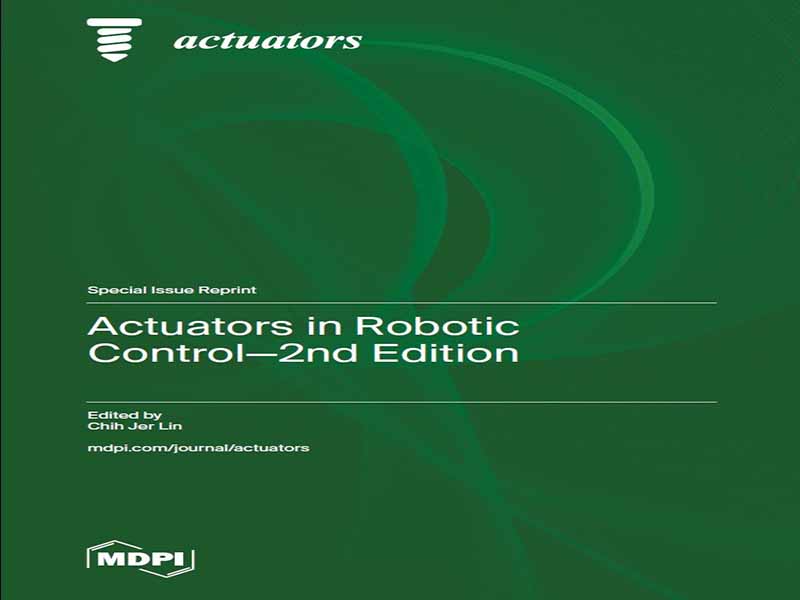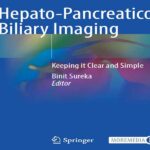- عنوان کتاب: Actuators in Robotic Control, Second Edition
- نویسنده: Chih Jer Lin
- حوزه: رباتیک
- سال انتشار: 2025
- تعداد صفحه: 218
- زبان اصلی: انگلیسی
- نوع فایل: pdf
- حجم فایل: 10.6 مگابایت
هدف این مطالعه، توسعه یک اسکلت بیرونی رباتیک اندام تحتانی با استفاده از شبکههای عصبی مصنوعی برای اهداف توانبخشی است. ابتدا، از کنترل PID با کنترلر یادگیری تکراری برای آزمایش ربات اسکلت بیرونی رباتیک اندام تحتانی پیشنهادی (LLRER) استفاده میشود. اگرچه قسمت ران با استفاده از تحریک موتورهای DC بدون جاروبک مسطح، نتایج ردیابی خوبی دارد، اما قسمت زانو با استفاده از تحریک عضله محرک پنوماتیکی (PAM) نمیتواند عملکرد خیلی خوبی داشته باشد. دوم، برای جبران این غیرخطی بودن تحریک PAM، از کنترل پیشخور شبکه عصبی مصنوعی (ANN) مبتنی بر مدل معکوس آموزش دیده قبلی برای جبران غیرخطی بودن PAM استفاده میشود. سوم، از بهینهسازی ازدحام ذرات (PSO) برای بهینهسازی پارامترهای PID بر اساس معماری پیشخور ANN استفاده میشود. کنترلکننده توسعهیافته میتواند ردیابی یک چرخه راه رفتن را در عرض 3.6 ثانیه برای مفصل زانو تکمیل کند. در میان سه کنترلکننده، کنترلکنندهی ANN-feedforward با کنترل PID (تنظیمشده با PSO) بهترین عملکرد را دارد، حتی زمانی که LLRER توسط کاربر پوشیده میشود و عملکرد ردیابی همچنان بسیار خوب است. میانگین خطای مطلق (MAE) مفصل زانوی چپ 1.658 درجه و میانگین MAE مفصل زانوی راست 1.392 درجه است. در آزمایشهای توانبخشی، کنترلکنندهی ANN-feedforward با کنترل PID مناسب تشخیص داده شده و تطبیقپذیری آن برای گامهای مختلف پیادهروی در طول آزمایشهای انسانی تأیید شده است. ایجاد مدل معکوس آن نیازی به استفاده از فرمولها و پارامترهای ریاضی پیچیده برای مدلسازی ندارد. علاوه بر این، این مطالعه PSO را برای جستجوی پارامترهای بهینهی PID معرفی میکند. نمودار معماری و سیگنال کنترلی ارائه شده توسط جبرانسازی ANN با کنترل PID میتواند خطا را به خوبی کاهش دهد.
This study aims to develop a lower limb robotic exoskeleton with the use of artificial neural networks for the purpose of rehabilitation. First, the PID control with iterative learning controller is used to test the proposed lower limb robotic exoskeleton robot (LLRER). Although the hip part using the flat brushless DC motors actuation has good tracking results, the knee part using the pneumatic actuated muscle (PAM) actuation cannot perform very well. Second, to compensate this nonlinearity of PAM actuation, the artificial neural network (ANN) feedforward control based on the inverse model trained in advance are used to compensate the nonlinearity of the PAM. Third, a particle swarm optimization (PSO) is used to optimize the PID parameters based on the ANN-feedforward architecture. The developed controller can complete the tracking of one gait cycle within 3.6 s for the knee joint. Among the three controllers, the controller of the ANN-feedforward with PID control (PSO tuned) performs the best, even when the LLRER is worn by the user and the tracking performance is still very good. The average Mean Absolute Error (MAE) of the left knee joint is 1.658 degrees and the average MAE of the right knee joint is 1.392 degrees. In the rehabilitation tests, the controller of ANN-feedforward with PID control is found to be suitable and its versatility for different walking gaits is verified during human tests. The establishment of its inverse model does not need to use complex mathematical formulas and parameters for modeling. Moreover, this study introduces the PSO to search for the optimal parameters of the PID. The architecture diagram and the control signal given by the ANN compensation with the PID control can reduce the error very well.
این کتاب را میتوانید بصورت رایگان از لینک زیر دانلود نمایید.



































نظرات کاربران